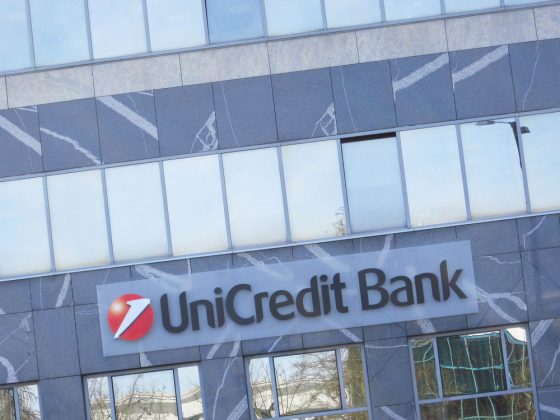In September, the futures for steel rebar experienced a notable increase, reaching CNY 3,170 per tonne.
This spike represented the highest price seen in a month, largely driven by the market’s response to new fiscal stimulus measures introduced by the Chinese government.
Following a crucial Politburo meeting, officials strongly committed to revitalizing the struggling housing sector, creating a positive outlook for future demand.
The Politburo’s emphasis on economic recovery is particularly significant, as it is not often that such meetings prioritize discussions on economic issues.
The focus on tackling the sluggish housing market has raised hopes for boosted steel demand, especially in manufacturing sectors.
By prioritizing one of the nation’s most vital sectors, this initiative suggests potential growth for associated industries, particularly in steel production.
Impacts on the construction sector
The recently introduced fiscal stimulus package clearly signals the Chinese government’s intent to support heavily indebted property developers, who are among the largest consumers of steel rebar worldwide.
By backing these companies, the government aims to prevent further economic decline and promote the completion of projects, which is crucial for maintaining steel demand.
However, this economic support comes with a double-edged sword.
While the stimulus is meant to rejuvenate the market, the ongoing efforts by Beijing to limit new construction in order to control housing oversupply pose a challenge.
As the government tries to stabilize the overheated real estate market, fluctuations in steel rebar futures may occur, given that construction activities are being tightly regulated.
Monetary measures to support growth
Alongside the fiscal stimulus, the People’s Bank of China (PBoC) has introduced an extensive monetary policy initiative.
This week, the central bank rolled out several measures aimed at injecting liquidity into the market, which included cutting interest rates, lowering the reserve requirement ratio, and creating innovative facilities to aid mortgage refinancing under more favorable conditions.
These changes in monetary policy are intended to alleviate financial pressure on both consumers and businesses. By reducing borrowing costs, the PBoC aims to stimulate demand for housing and construction projects, which in turn could indirectly lift steel demand.
This blend of fiscal and monetary policies highlights a unified effort to tackle the economic challenges brought about by the pandemic and the resulting market fluctuations.
Market sentiment and future outlook
As the steel industry considers the implications of these events, market sentiment remains mixed. While optimism about fiscal stimulus may lead to increased buying activity, concerns about potential overstock remain.
Investors and experts are keenly monitoring government statements to determine the exact scope and impact of the proposed measures.
Furthermore, continued challenges in the housing market and the government’s regulatory regulations on new projects may hinder the predicted rise.
Stakeholders realize that, while higher demand is imminent, regulatory changes may result in a more gradual recovery than previously anticipated.
The surge in steel rebar futures in September reflects China’s overall economic situation and the government’s proactive yet cautious plan to promote growth.
While the announcement of fiscal measures to revitalize the housing market has spurred optimism, the dual difficulties of supply management and regulatory constraints will play a critical role in shaping the steel industry’s future in the coming months.
As industry participants adjust to this shifting climate, maintaining a balance between fostering growth and regulating excess supply will remain critical.
The following weeks may provide further information, but for the time being, all attention is focused on China as it navigates this complex economic terrain, with steel demand at a potential turning point.
The post Steel rebar futures jump to CNY 3,170: Chinas’ stimulus measures boost market optimism appeared first on Invezz


